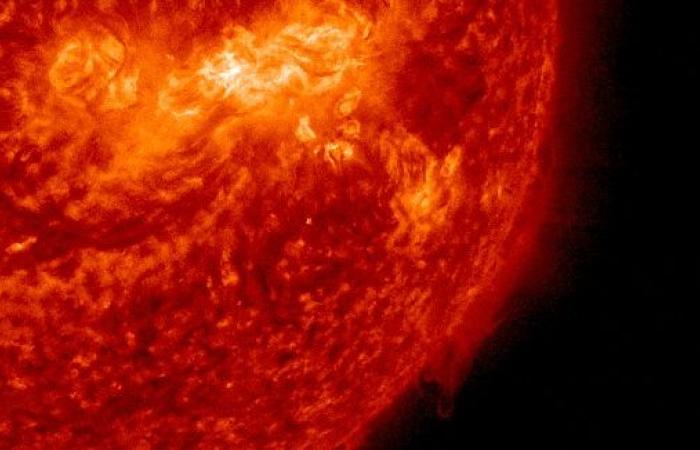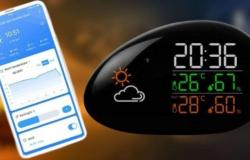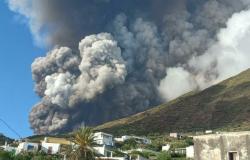According to the Space Weather Prediction Center from the NOAAa geomagnetic storm is possible on July 3 classe G1: tomorrow acoronal mass ejection (CME) should graze the Earth’s magnetic field. The approaching CME was blasted into space by a magnetic filament exploded in the southern hemisphere of the Sun.
What is a magnetic filament?
And magnetic filament on the Sun is a structure of dense, cold plasma suspended in the solar corona by magnetic field lines. These filaments appear as dark streaks in images of the solar chromosphere because they are cooler than the surrounding gas. Filaments are associated with regions of intense magnetic activity and can extend for hundreds of thousands of kilometers. When a filament becomes unstable, it can collapse, causing solar flares such as flares o coronal mass ejections (CMEs), which can affect interplanetary space and conditions on Earth.
What is a Coronal Mass Ejection (CME)
And’coronal mass ejection (CME) is a massive eruption of plasma and magnetic field from the Sun’s corona. During a CME, large amounts of solar particles are hurled into space at speeds that can exceed 1000 km/s. These events are associated with disturbances in the solar magnetic field lines, often linked to solar flares or instabilities in magnetic filaments. CMEs can affect space weather, causing geomagnetic storms which can damage satellites, disrupt radio communications and cause the Northern and Southern Lights.
What is a geomagnetic storm?
A storm geomagnetica is a disturbance in the Earth’s magnetic field caused by the impact of particles and energy from the Sun, particularly coronal mass ejections (CMEs) and high-speed solar winds. When these particles strike the Earth’s magnetosphere, they induce variations in magnetic fields that can last from a few hours to several days. NOAA’s Space Weather Prediction Center (SWPC) classifies geomagnetic storms into five levels, yes G1 (minor) a G5 (extreme), based on the intensity of geomagnetic activity measured by the Kp Index. G1-G2 cause minor effects, such as disturbances in power networks and radio communications. G3-G4 can cause satellite blackouts, increase risks to polar flights, and cause auroras to be visible at lower latitudes. G5 It can cause large-scale blackouts, critical damage to satellites, and polar auroras visible at low latitudes.
Continue reading on MeteoWeb






